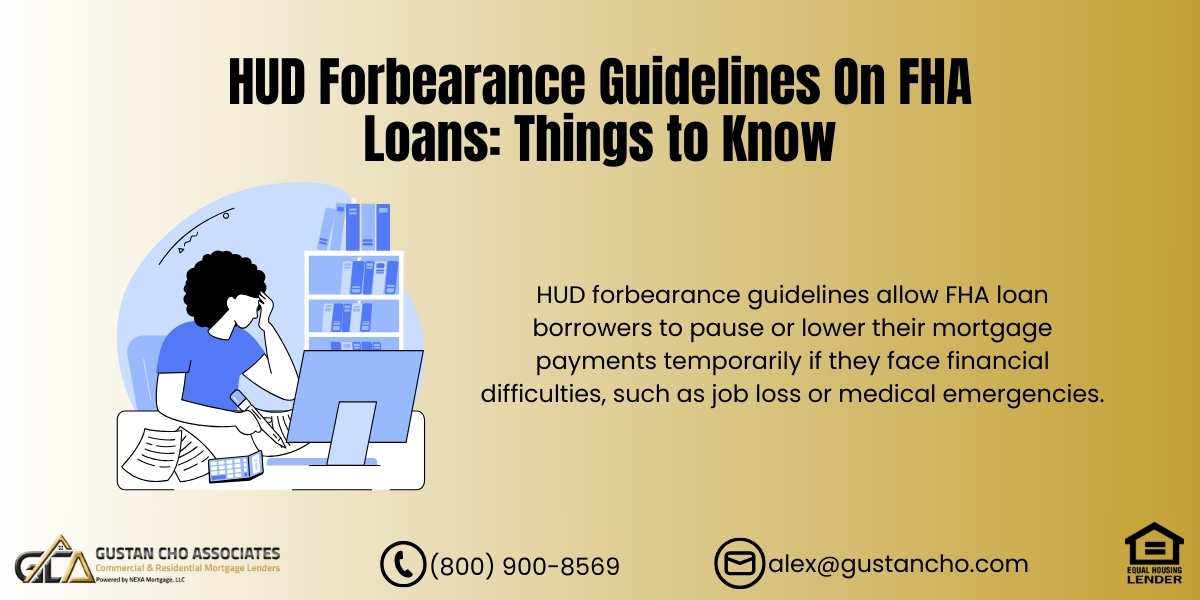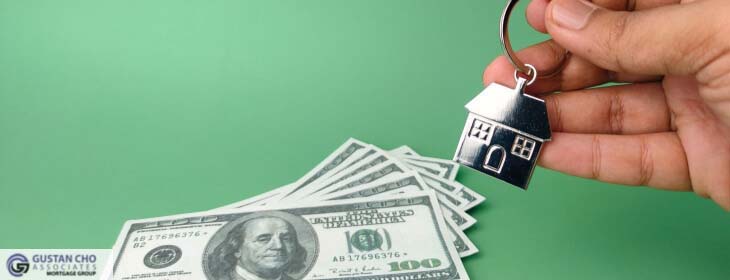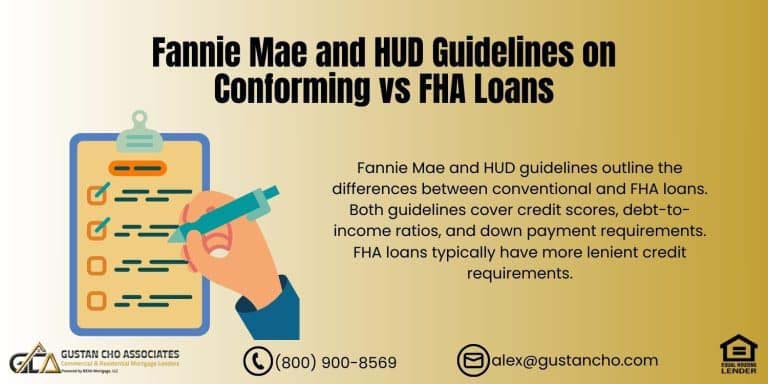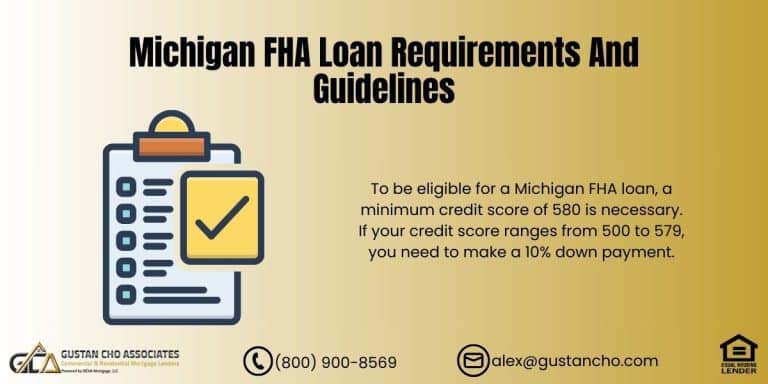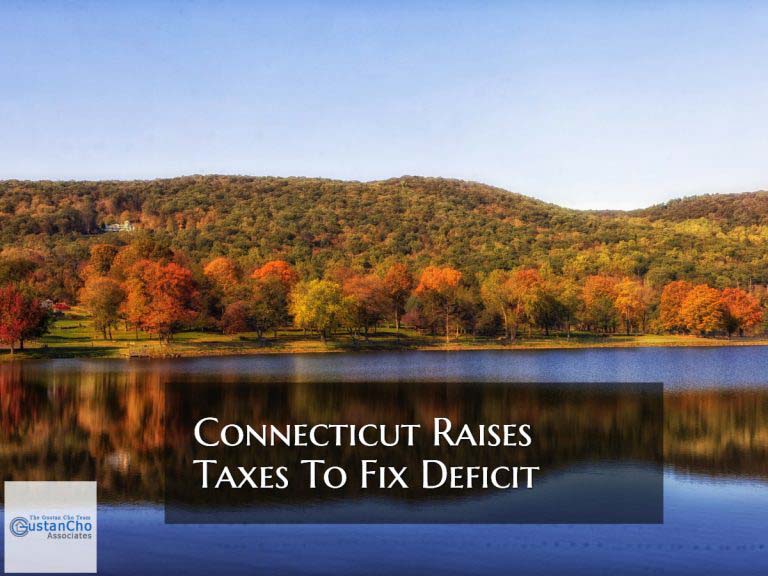HUD Forbearance Guidelines on FHA Loans: What Borrowers Need to Know in 2024
Are you struggling to make your mortgage payments and wondering how HUD forbearance guidelines can help? Forbearance can be a lifeline for homeowners experiencing financial hardships. This option offers crucial support by permitting you to either temporarily pause or lower your monthly mortgage payments. This can be particularly beneficial if facing financial challenges, as it provides some breathing room during tough times.
This guide explains everything you need to know about HUD forbearance guidelines on FHA loans in 2024, including what forbearance is, how it works, and how to get back on track toward homeownership stability. Let’s dive in!
What Are HUD Forbearance Guidelines?
HUD forbearance guidelines allow homeowners with FHA loans to request a temporary pause or reduction in their mortgage payments. This resource is specifically crafted to assist borrowers experiencing unforeseen financial challenges, including job loss, medical emergencies, or natural disasters. It aims to provide support during these difficult times.
Forbearance is not forgiveness. The payments you miss during forbearance must eventually be repaid. HUD aims to provide flexibility while giving you time to recover financially. The housing market is booming despite the coronavirus outbreak. Home prices are skyrocketing with double-digit annual returns on homes. There is absolutely no sign of any housing market correction in the forecast. Unemployment rates have soared due to businesses being on lockdown and state and local government shutdowns.
How Does Mortgage Forbearance Work?
When entering a forbearance agreement, your mortgage servicer temporarily adjusts your payment terms. Here’s a step-by-step breakdown of how it works:
- Request for Forbearance: To initiate forbearance, you must contact your mortgage servicer. Be ready to discuss your financial challenges and prepare all necessary available documentation. This step is crucial in seeking support during this time.
- Agreement Terms: If approved, your servicer will outline the terms of your forbearance, including the duration (typically 3 to 6 months, with extensions available).
- Pause or Reduction: You’ll either pause payments entirely or make reduced payments during the forbearance period.
- Repayment Options: At the end of the forbearance period, you must choose a repayment plan to catch up on missed payments.
Qualify For Forbearance Under HUD Guidelines
Apply Online And Get recommendations From Loan Experts
How Do You Qualify for Forbearance Under HUD Guidelines?
To qualify for forbearance under HUD guidelines in 2024, you need to:
- Have an FHA-Insured Loan: Only loans supported by the Federal Housing Administration (FHA) qualify for HUD forbearance programs designed to assist homeowners.
- Experience Financial Hardship: Examples include job loss, reduced income, unexpected medical bills, or damage to your home caused by natural disasters.
- Contact Your Servicer: You must contact your mortgage servicer and request forbearance. If you’re struggling to make payments, it’s important to act quickly.
Key Updates to HUD Forbearance Guidelines in 2024
HUD’s forbearance programs have evolved since the pandemic. Here are the most relevant updates:
- Extended Forbearance Options: Borrowers can now access up to 12 months of forbearance in cases of extreme hardship. Extensions may be granted on a case-by-case basis.
- Repayment Flexibility: Borrowers have more repayment options, including deferred payments, lump sums, or modifications to their existing loan terms.
- Streamlined Application Process: HUD has simplified the process for requesting forbearance to make it easier for homeowners in crisis to get relief.
Repayment Options After Forbearance
At the end of your forbearance period, you’ll need to decide how to repay the missed payments. Here are the most common options:
1. Reinstatement
Pay back the full amount of missed payments in a single lump sum. This is ideal if you’ve recovered financially and can afford it.
2. Repayment Plan
Consider extending the missed payments over a few months. This approach may lead to a temporary increase in your monthly payment. Here’s what you should know:
- It allows you to accommodate your budget better in the short term.
- Be prepared for a slight adjustment in your regular payment amount during this period.
This option helps manage your finances while keeping you on track.
3. Payment Deferral
Move the missed payments to the end of your loan term. This keeps your monthly payment the same but creates a balloon payment when the loan matures.
4. Loan Modification
You can modify the terms of your loan to include missed payments, lower your interest rate, or extend your repayment period.
FHA Loan Guidelines After Forbearance
If you’re looking to buy a home or refinance your mortgage after forbearance, here are the rules you need to know:
- No Waiting Period if Paid in Full: If you repay all missed payments before the forbearance ends, you can immediately qualify for an FHA loan.
- Three-Month Waiting Period with Repayment Plan: Borrowers who enter a repayment plan must make three consecutive on-time payments before qualifying for a new FHA loan.
- Six-Month Waiting Period After Loan Modification: If your loan was modified, you’ll need to make six on-time payments before applying for a new FHA loan.
HUD Forbearance vs. Loan Modification
It’s essential to understand the difference between forbearance and loan modification:
- Forbearance: Temporary relief that pauses or reduces your payments. You’ll need to repay the missed payments later.
- Loan Modification: A lasting adjustment to your loan conditions might involve extending the term of your loan or decreasing the interest rate. This can benefit many borrowers, as it may lead to lower monthly payments and a more manageable financial situation.
Knowing which option is right for you depends on your financial situation. If your hardship is temporary, forbearance is the better choice. If your hardship is long-term, a loan modification may be more appropriate.
Qualify For A Mortgage After Forbearance
Apply Online And Get recommendations From Loan Experts
Steps to Qualify for a Mortgage After Forbearance
- Review Your Forbearance Agreement: Understand the terms and repayment requirements.
- Make Timely Payments: Ensure you make the required number of on-time payments after forbearance.
- Check Your Credit Report: Verify that your forbearance status is accurately reported.
- Gather Documentation: Be prepared to show proof of financial recovery, such as pay stubs or bank statements.
- Work with a Trusted Lender: Contact Gustan Cho Associates for a hassle-free mortgage experience.
Why Work with Gustan Cho Associates?
At Gustan Cho Associates, we understand that life happens. If you’ve experienced financial hardship and are ready to get back on track, we’re here to help. Here’s why borrowers choose us:
- No Lender Overlays: We don’t have additional requirements beyond FHA guidelines, making it easier for you to qualify.
- Expertise in FHA Loans: Our team specializes in FHA financing and stays up-to-date on HUD forbearance guidelines.
- Personalized Support: We’re available seven days a week to answer your questions and guide you through the process.
The Bottom Line
HUD forbearance guidelines provide a safety net for FHA loan borrowers facing financial hardships. While forbearance can help you through tough times, it’s important to understand the repayment options and steps required to regain financial stability. Whether you’re looking to refinance or purchase a new home, Gustan Cho Associates is here to guide you every step of the way.
Ready to take the next step? Contact us today at 800-900-8569 or email alex@gustancho.com to explore your mortgage options and get back on track toward achieving your homeownership goals!
Frequently Asked Questions About HUD Forbearance Guidelines:
Q: What are HUD Forbearance Guidelines?
A: HUD forbearance guidelines allow FHA loan borrowers to pause or lower their mortgage payments temporarily if they face financial difficulties, such as job loss or medical emergencies.
Q: Who Qualifies for Forbearance Under HUD Guidelines?
A: Borrowers with FHA loans who experience financial hardship, like reduced income or unexpected expenses, can qualify. You need to contact your mortgage servicer to apply.
Q: How do I Apply for Forbearance on My FHA Loan?
A: Contact your mortgage servicer directly. Explain your financial situation and provide any necessary documentation. They will review your case and determine eligibility.
Q: What Happens to the Payments I Miss During Forbearance?
A: Missed payments during forbearance are not forgiven. You will need to repay them through a reinstatement, repayment plan, deferral, or loan modification.
Q: Can I Get a New FHA Loan After Forbearance?
A: Yes, you can. There’s no waiting period if you pay back the missed payments in full. If you’re on a repayment plan, you must make three on-time payments first. A loan modification requires six on-time payments.
Q: Does Forbearance Affect My Credit Score?
A: Entering forbearance won’t hurt your credit score if it’s part of an agreement with your servicer. However, missed payments outside the agreement can negatively impact your score.
Q: What is the Difference Between Forbearance and Loan Modification?
A: Forbearance provides short-term relief from payment obligations, whereas loan modification involves a permanent adjustment to your loan’s terms. This could mean extending the duration of the loan or reducing the interest rate, making it essential to understand your options.
Q: What Repayment Options do I have After Forbearance?
A: Options include:
- Reinstatement (paying all at once).
- A repayment plan (spreading missed payments over time).
- Deferral (adding missed payments to the end of the loan).
- Loan modification.
Q: What if I Still Can’t Pay After Forbearance?
A: You may qualify for a loan modification or other loss mitigation options if you cannot resume payments. Talk to your servicer to explore alternatives.
Q: Why Should I Work with Gustan Cho Associates After Forbearance?
A: Gustan Cho Associates specializes in FHA loans and HUD forbearance guidelines. They offer personalized support, no lender overlays, and expert guidance to help you refinance or purchase a home.
This blog about “HUD Forbearance Guidelines On FHA Loans: Things to Know” was updated on December 11th, 2024.


